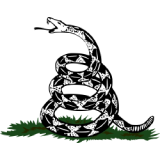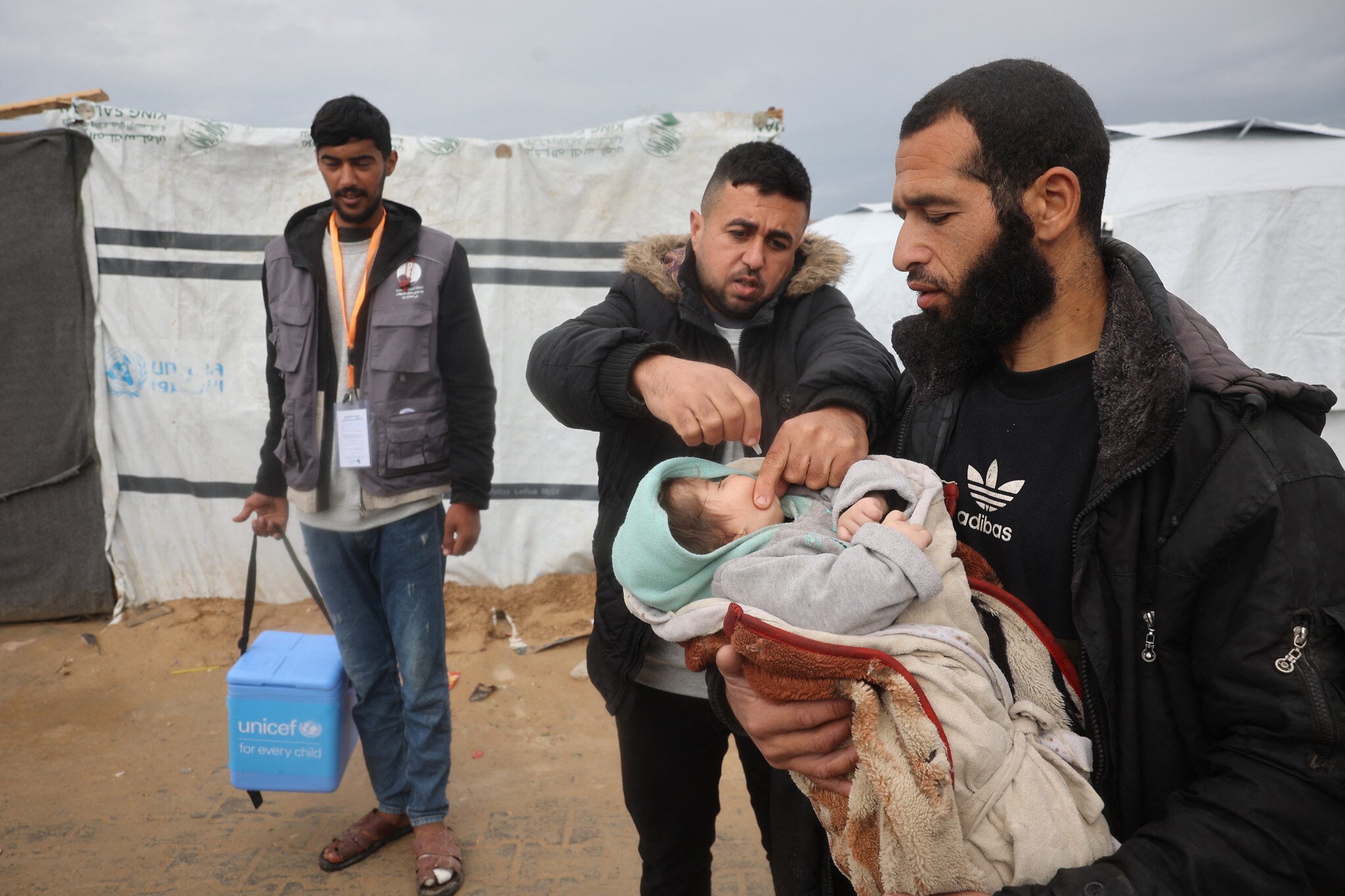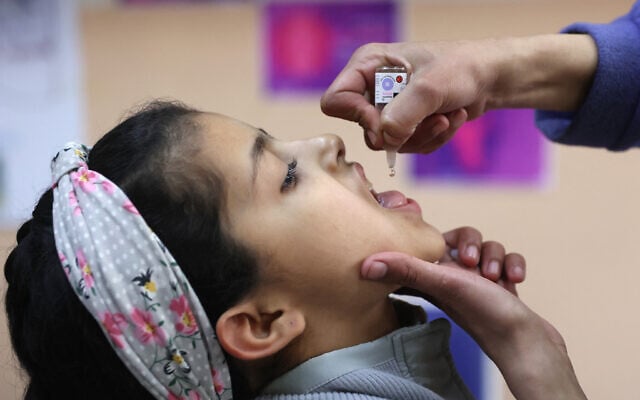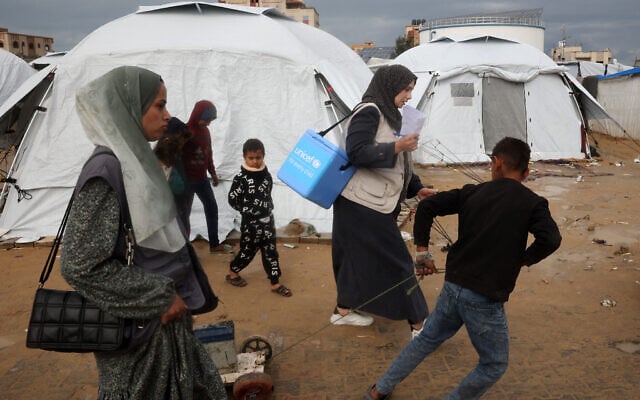



GENEVA, Switzerland — A polio vaccination drive in Gaza reached more than 600,000 children, the head of the World Health Organization announced Thursday, saying a ceasefire allowed previously-missed children to receive a dose.
After the disease resurfaced in Gaza for the first time in over 20 years, paralyzing a 10-month-old child last August, two vaccination rounds took place in September and October.
They reached more than 95 percent of the children targeted, with the necessary two doses of oral vaccine, WHO said. But environmental samples from two sites, collected in December 2024 and January 2025, found the poliovirus was still circulating.
A ceasefire between Israel and Hamas began on January 19 and a fresh vaccination campaign targeting 591,000 children under 10 was launched on Saturday with 1,600 vaccination teams and more than 1,200 “social mobilizers.”
The five-day campaign concluded on Wednesday, reaching 602,795 children aged under 10, WHO chief Tedros Adhanom Ghebreyesus said on X.
“The ceasefire allowed the health workers to reach more children than during previous vaccination rounds in 2024, including the children who may have been missed due to population movement and those who were unreachable due to insecurity,” he said.
“Ending polio hinges on fully vaccinating every last child and ensuring uninterrupted access to safe water, sanitation and hygiene, and proper nutrition. But the medicine all children in Gaza need is lasting peace,” he added.
Poliovirus, most often spread through sewage and contaminated water, is highly infectious and potentially fatal. It can cause deformities and paralysis and mainly affects children under five.
The first three days of the vaccination campaign reached nearly 548,000 children, with Tuesday and Wednesday used to catch up.
Despite cold and rainy conditions, parents brought their children to vaccination centers, Rik Peeperkorn, the WHO representative in the Palestinian territories, said Tuesday.
Reaching so many children in the first three days was “a remarkable achievement, and personally I didn’t think we would reach that,” he said.
A fourth round of vaccinations is planned in four weeks’ time.
More than 1.1 million vaccines were administered during the two previous campaigns, conducted by the WHO and UNICEF, and in coordination with Israel’s Coordinator of Government Affairs in the Territories, a Defense Ministry agency that coordinates the provision of humanitarian aid into Gaza.
COGAT said at the time that it had facilitated humanitarian pauses in the fighting in Gaza to allow the distribution of the vaccine.
But the vaccination teams faced challenges accessing certain areas, meaning around 7,000 children were missed during the second round of vaccinations.
The vaccinations involve multiple United Nations agencies, including the Israeli-boycotted UN Relief and Works Agency for Palestinian Refugees (UNRWA).
Israel has accused UNRWA of aiding Hamas and employing people who participated in the Hamas onslaught of October 7, 2023, when thousands of terrorists stormed southern Israel to kill some 1,200 people and take 251 hostages, sparking the war in Gaza. At least one former hostage has reported having been held in a UNRWA facility.
In addition to the polio vaccine drives, COGAT has assisted the WHO in evacuating ailing Gazans for treatment abroad.
Earlier this week, Peeperkorn warned US funding cuts could put a $46-million dent in the United Nations health agency’s budget for Gaza. The WHO’s 2025 operational response plan for the Palestinian territories requires $648 million.


